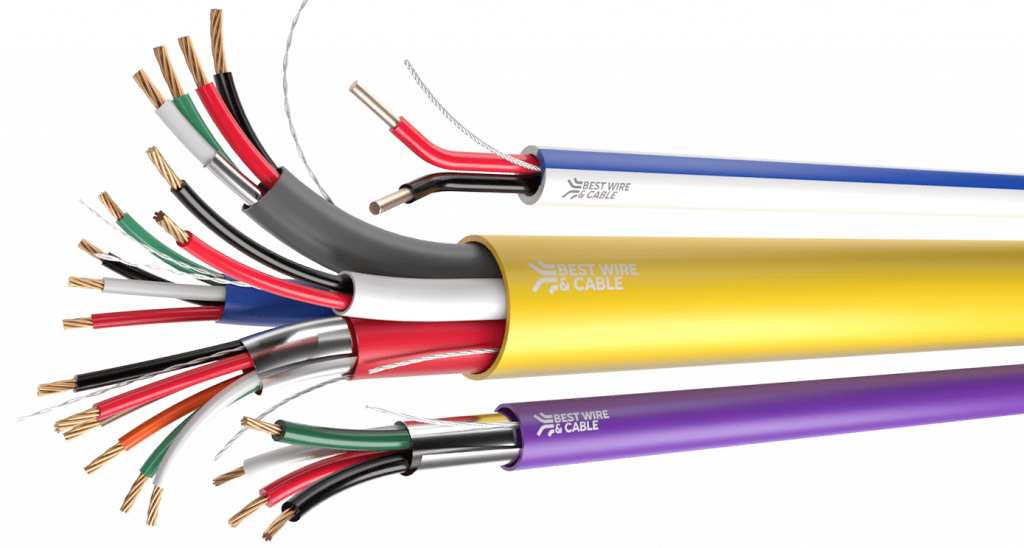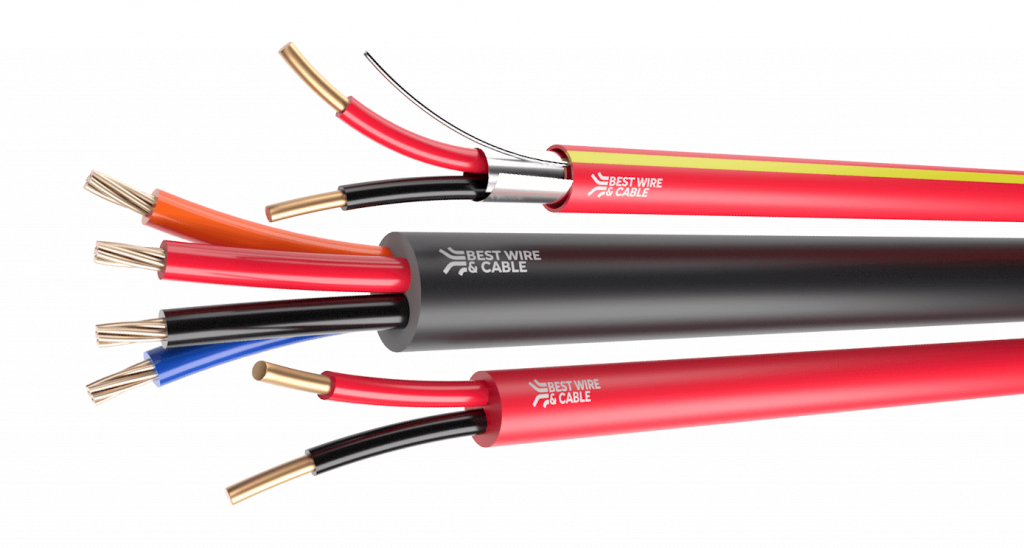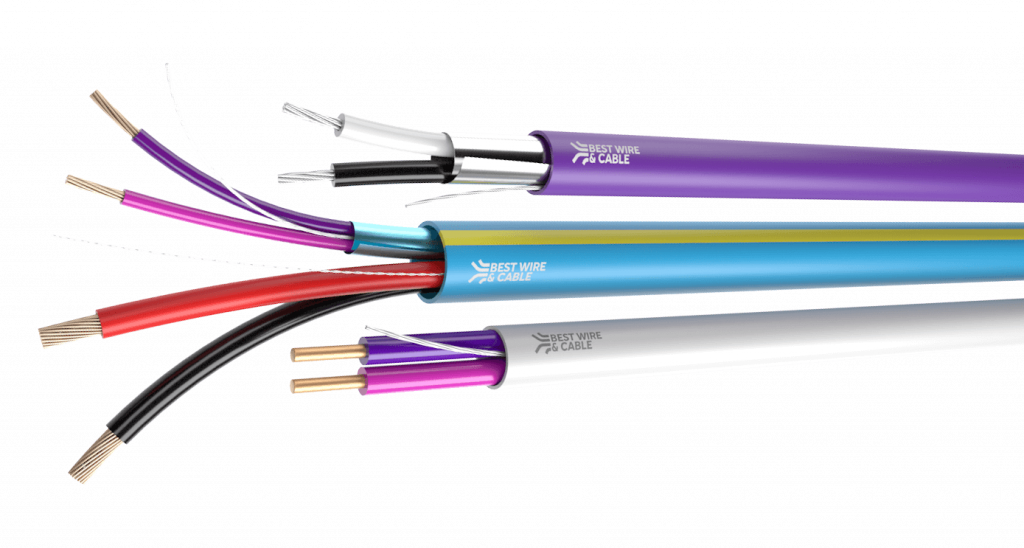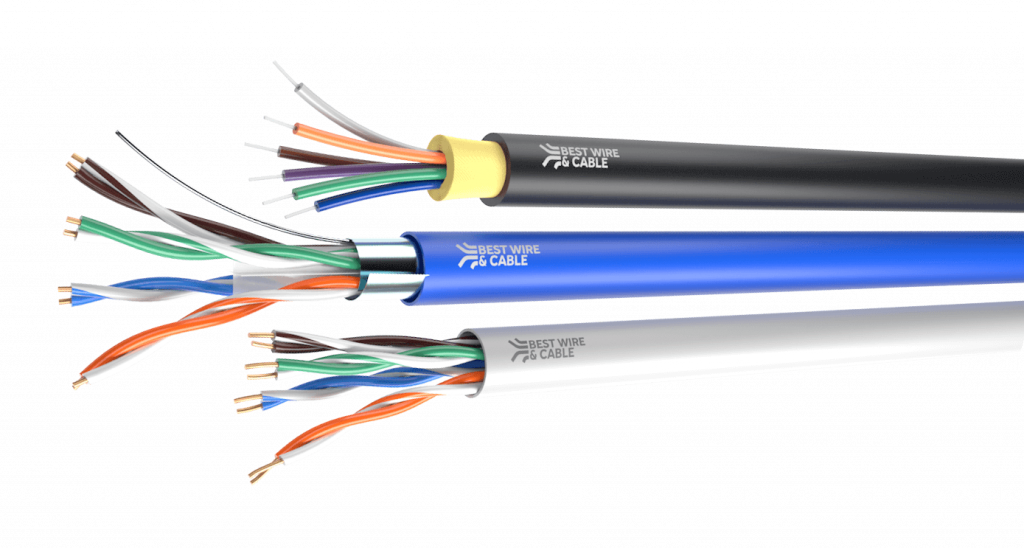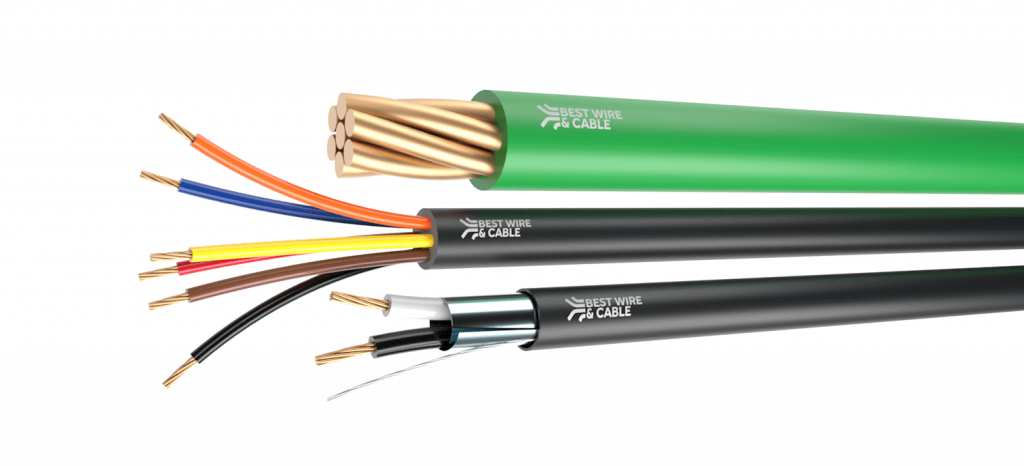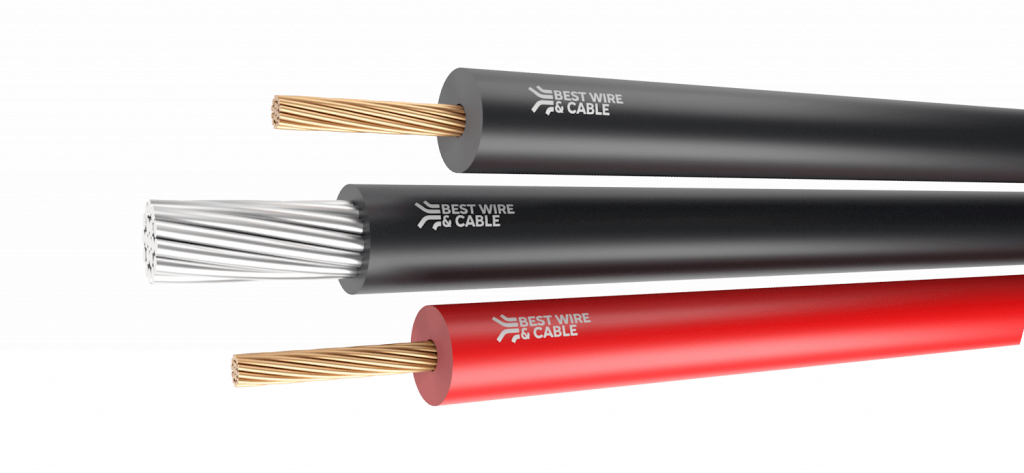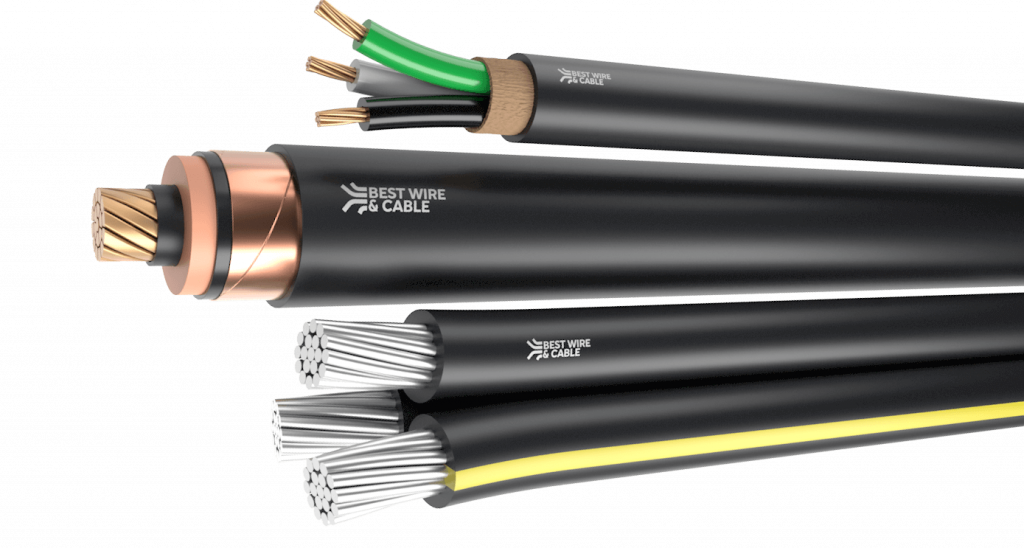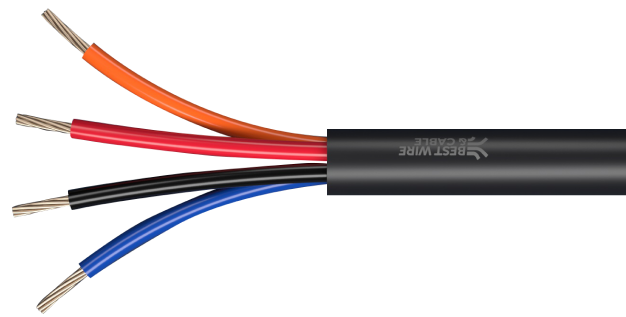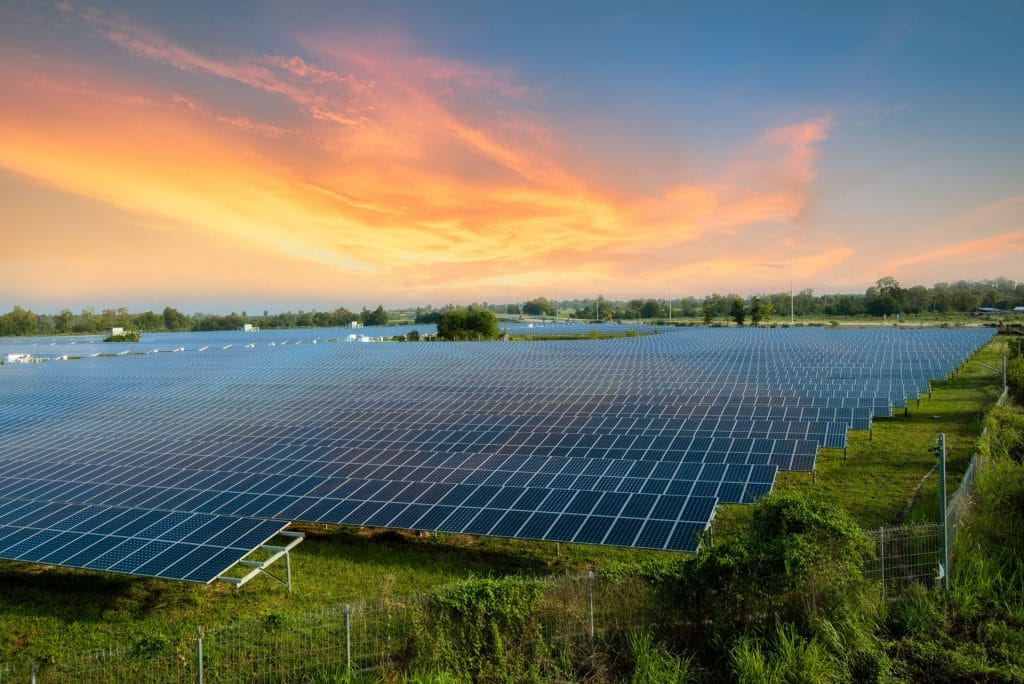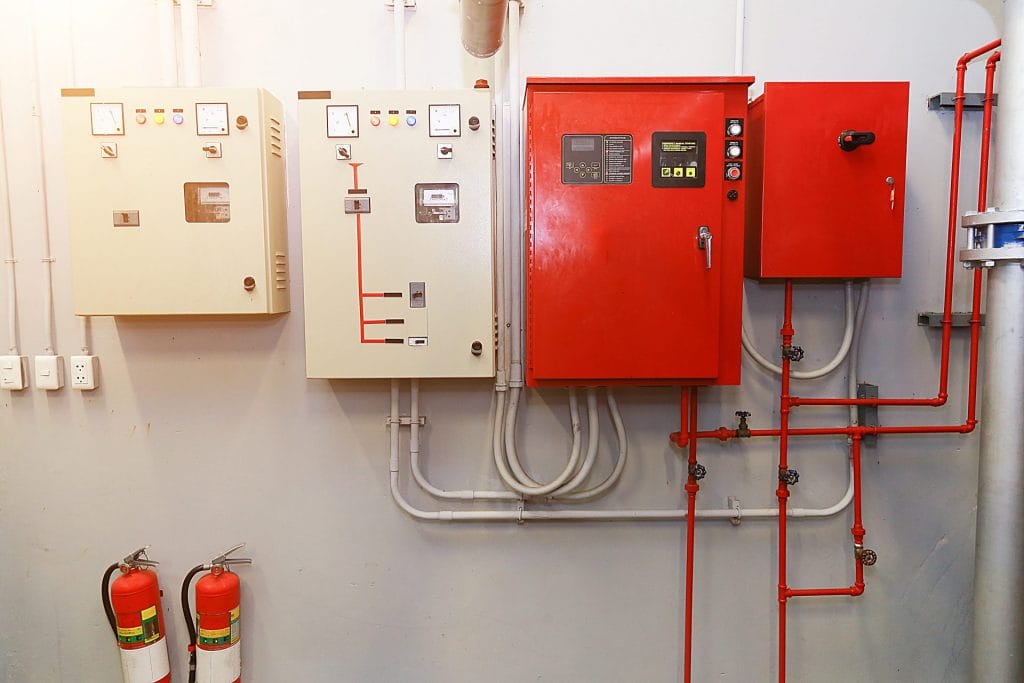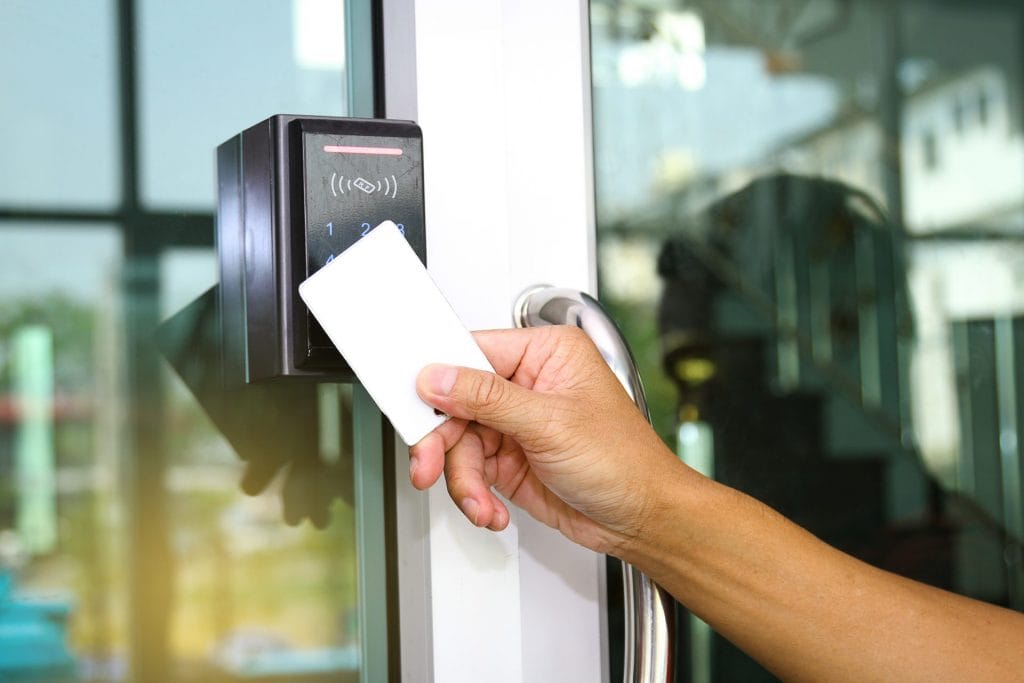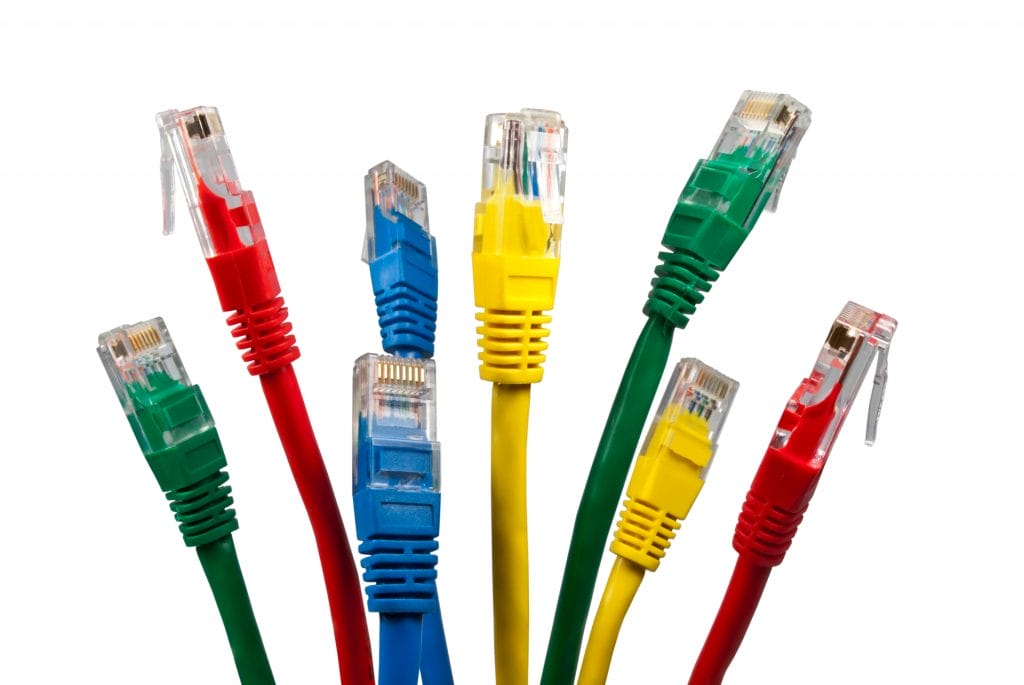Powering Up: A Guide to Choosing the Right Cables for Your Commercial Solar Installation
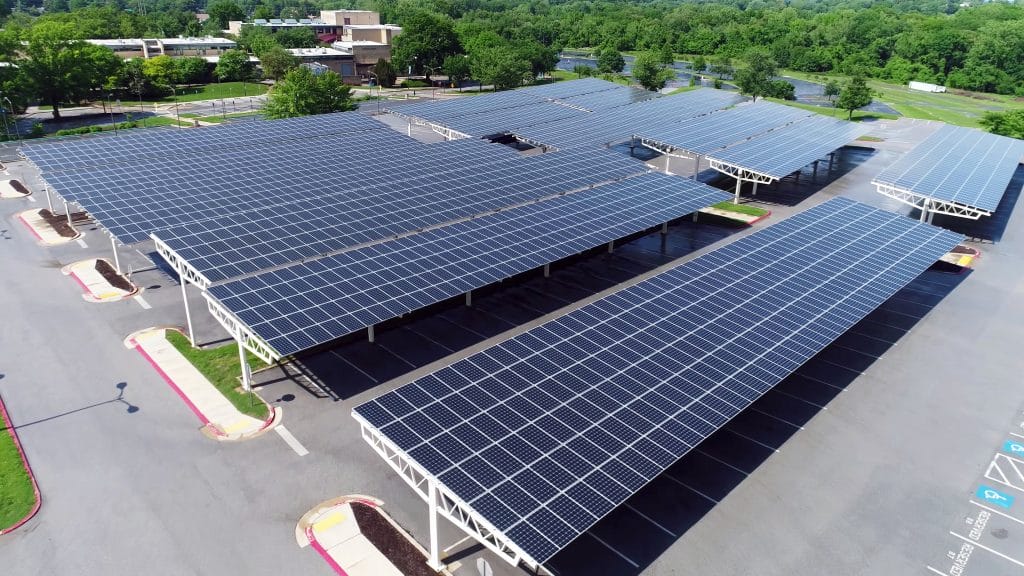
When it comes to commercial solar applications, the types of cables needed can vary depending on the size of the installation, the type of solar panels being used, and the specific requirements of the project. In this blog post, we’ll take a closer look at the different types of cables commonly used in commercial solar applications, and explore their features and benefits.
Firstly, it’s important to note that there are two main types of cables used in solar applications: AC (alternating current) cables and DC (direct current) cables. AC cables are used to carry the electricity from the inverter to the main electrical panel, while DC cables are used to connect the solar panels to the inverter.
Let’s start by exploring DC cables. In general, DC cables are used to connect the solar panels to the inverter, and are designed to handle the high voltages and currents generated by the panels. There are a few different types of DC cables that are commonly used in commercial solar applications, including:
-
Photovoltaic (PV) Wire: This is a single-conductor cable that is specifically designed for use with solar panels. PV wire is available in a range of sizes and can be used in both grounded and ungrounded systems. It’s also designed to withstand exposure to the elements, making it ideal for outdoor installations.
-
USE-2 Cable: This is a double-insulated, single-conductor cable that is designed for use in both grounded and ungrounded systems. USE-2 cable is made from high-quality materials and is designed to withstand exposure to the elements, making it ideal for outdoor use.
-
MC4 Cable: MC4 cables are used to connect the solar panels together in a series or parallel configuration. They are designed to be easy to install and maintain, and are typically made from high-quality materials that can withstand exposure to the elements.
Now let’s take a look at AC cables. AC cables are used to carry the electricity from the inverter to the main electrical panel, and are designed to handle the lower voltages and currents of the AC system. There are a few different types of AC cables that are commonly used in commercial solar applications, including:
-
THHN Cable: This is a single-conductor cable that is commonly used in indoor installations. THHN cable is available in a range of sizes and is designed to handle the lower voltages and currents of the AC system.
-
XHHW Cable: XHHW cable is a single-conductor cable that is commonly used in outdoor installations. It’s designed to withstand exposure to the elements and is available in a range of sizes.
-
Tray Cable: Tray cable is a multi-conductor cable that is commonly used in larger installations. It’s designed to be installed in cable trays and can handle higher voltages and currents than single-conductor cables.
In addition to the types of cables themselves, there are a few other factors to consider when selecting cables for a commercial solar installation. For example, it’s important to choose cables that are properly sized for the system and can handle the expected current and voltage levels. It’s also important to consider the environment in which the cables will be installed, and to choose cables that are designed to withstand exposure to the elements.
In conclusion, selecting the right cables for a commercial solar installation is an important part of the overall design process. By understanding the different types of cables available and their features and benefits, it’s possible to select cables that will provide reliable and efficient performance for years to come. Whether you’re working on a small rooftop installation or a large-scale solar farm, choosing the right cables is an essential part of creating a successful solar project.
View BWC’s Renewables Products
